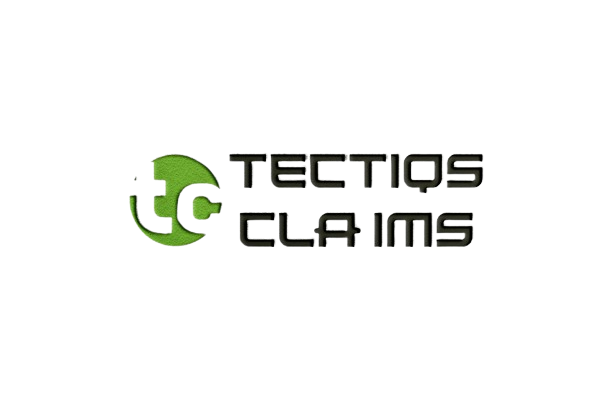Top 10 Key Elements of Claims Management in Insurance
Insurance claims support is an integral part of the claims management process where insurance claims are managed and resolved in a timely and equitable manner. Making sure claims are handled properly is incredibly important for maintaining customer satisfaction and reducing expenses and risks to insurance companies. This article breaks down the 10 critical components of insurance claims management to help detail each facet and its role in the grand scheme of things.
1. Claims Intake and Reporting
Claims intake and reporting is the first step of the claims management process. This includes obtaining and recording the information on the claim from the policyholder. An efficient claims intake captures all necessary information correctly and in a timely manner to establish the groundwork for a seamless claims experience.
Best Practices
- Leveraging digital platforms and automated systems for a better intake process.
- Offer contactless claims for policyholders, making it easy for this process and offering clear instructions and support
- Gathering all necessary documents from the beginning.
2. Claims Assessment and Triage
It looks at the claim, assess it and then decide is it a valid claim or the severity. This helps insurers rank claims by complexity and potential impact so they can allocate resources most efficiently.
Best Practices
- Using assessment criteria that can be standardized.
- Leveraging data science and AI at the triage layer
- Teaching the claim adjusters to instantly red flag suspicious claims
3. Claims Investigation
At this stage, the adjuster will conduct a claim investigation to collect more information and evidence to support the claim. This validation is an important process in confirming the truth, avoiding fraud, and ensuring the claim complies with the terms in a policy.
Best Practices
- Investigation processes being thorough and free of bias.
- Using the latest technology be it drones, satellite imaging or digital forensics.
- Working with third-party experts as and when required
4. Claims Adjustment
Claims Adjustment: The process of establishing the correct amount of compensation the policyholder is due. In some cases, this will mean assessing the level of damage or loss and working out the right amount to payout based on the cover on the relevant policy.
Best Practices
- Utilizing seasoned claims adjusters who have knowledge in a specific area.
- Applying standardized valuation methodologies for consistency.
- Providing updates to policyholder on how you are adjusting the process
5. Claims Communication
At the end of the day, during the entire claims process, one of the most important things is communication. Staying in touch with policyholders-through updates and the like-fosters trust and transparency, which encourages customer satisfaction.
Best Practices
- Multiple communication channels, regular updates.
- Ensuring that claims representatives communicate clearly and empathetically.
- Having digital platforms for customers to follow up on their claims
6. Claims Settlement
An end of settlement for claim process makes provision for settling it, with payment to the policyholder that emanated following an agreement between the insurer and the insured. It is important for preserving customer trust, reducing operational costs, and ensuring that settlements are made, timely and accurate.
Best Practices
- Sending and receiving payment using EFT{i.e., Electronic funds transfer).
- Meeting legal obligations
- Doing reviews of the post-settlement process to find out where it can be improved.
7. Claims Recovery
Claim Reimbursement: which require to regain the claims from the third party causing loss or damage. Subrogation might involve the insurer recovering some of the damage from the at-fault party, or if there is damage to a second-hand property it might be sold as salvage.
Best Practices
- Finding and chasing every possible recovery angle
- Working with lawyers and attorneys in the area of recovery
- It can save logs of all the recovery processes and the output.
8. Claim Analyzation and Reporting
Process 3 – Claims analytics: Analyzing data from claims to where patterns can be identified, fraud can be detected and insights for future claims handling can be extracted Reporting gives you an idea about how the claims process went down and it can lead to sound decision-making.
Best Practices
- Bolstering Effective tools for Data Collection and Data analysis.
- The usage of predictive analytics to detect risks and frauds.
- Review and report KPIs regularly.
9. Regulatory Compliance
Here at RDT, we know that dealing with claims is a big challenge for our clients, and compliance is critical to prevent legal action and enforce fair play with policyholders. This, of course, always means ready compliance with industry standards or local laws and ethical considerations.
Best Practices
- Staying current with regulations and entrepreneurial benchmarks.
- Rolling out claims staff compliance training package
- Auditing to ensure regulation-compliance
10. Customer Experiences Director
Policyholder experience management makes it easier for policyholders to get through the claims process without an unpleasant experience. This is essential from a customer retention and branding perspective for the insurer.
Best Practices
- Creating a claims process that is easy on the policyholder.
- Asking for – and listening to – feedback from policyholders.
- Further refining the claims process based on customer feedback.
Conclusion
Insurance claims management is not rocket science but a process driven by technical finesse, procedure expertise, and a design thinking model. Insurers can avoid delayed, unfair settlements, unnecessary costs and dissatisfied customers by maintaining ten critical elements. Technology and data analytics will continue to facilitate advancements in these areas, ensuring insurers keep pace with an increasingly demanding customer base.


